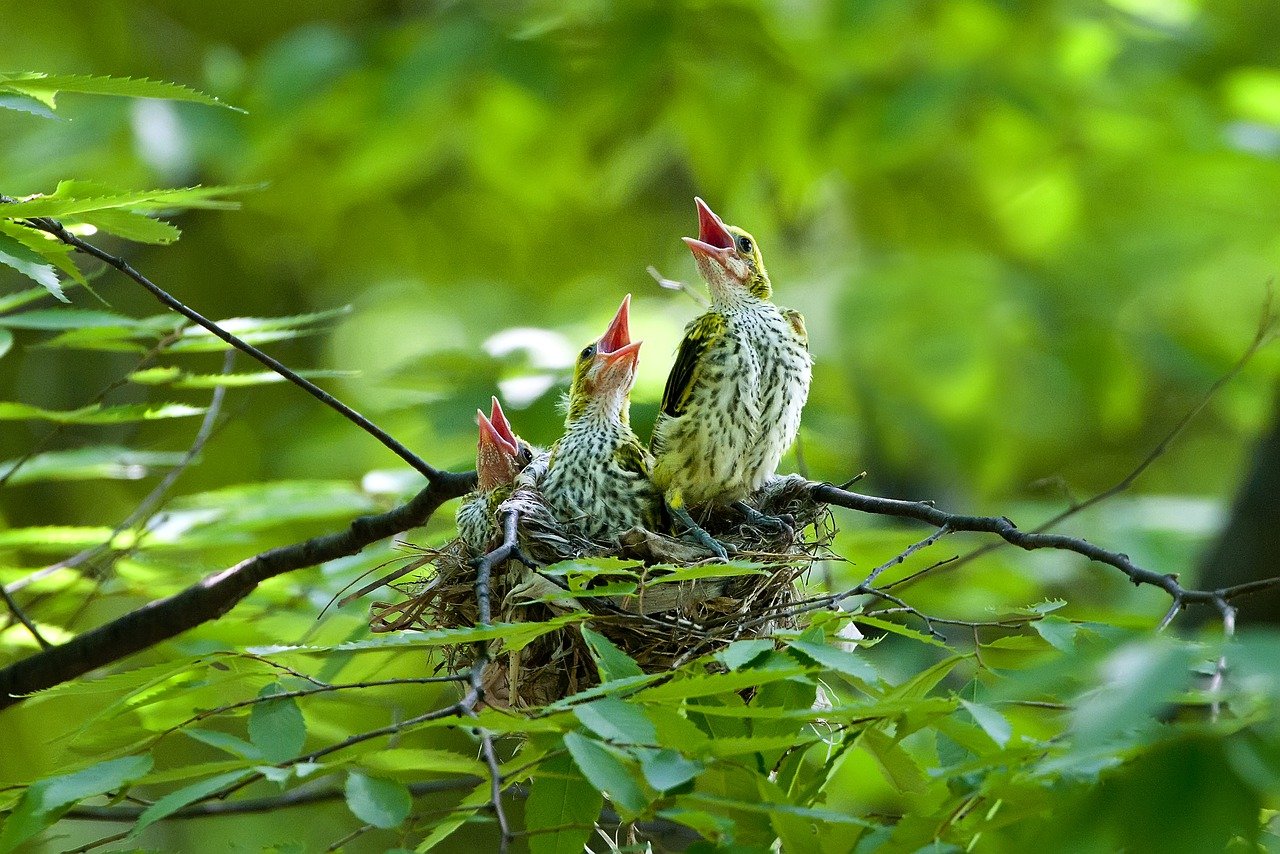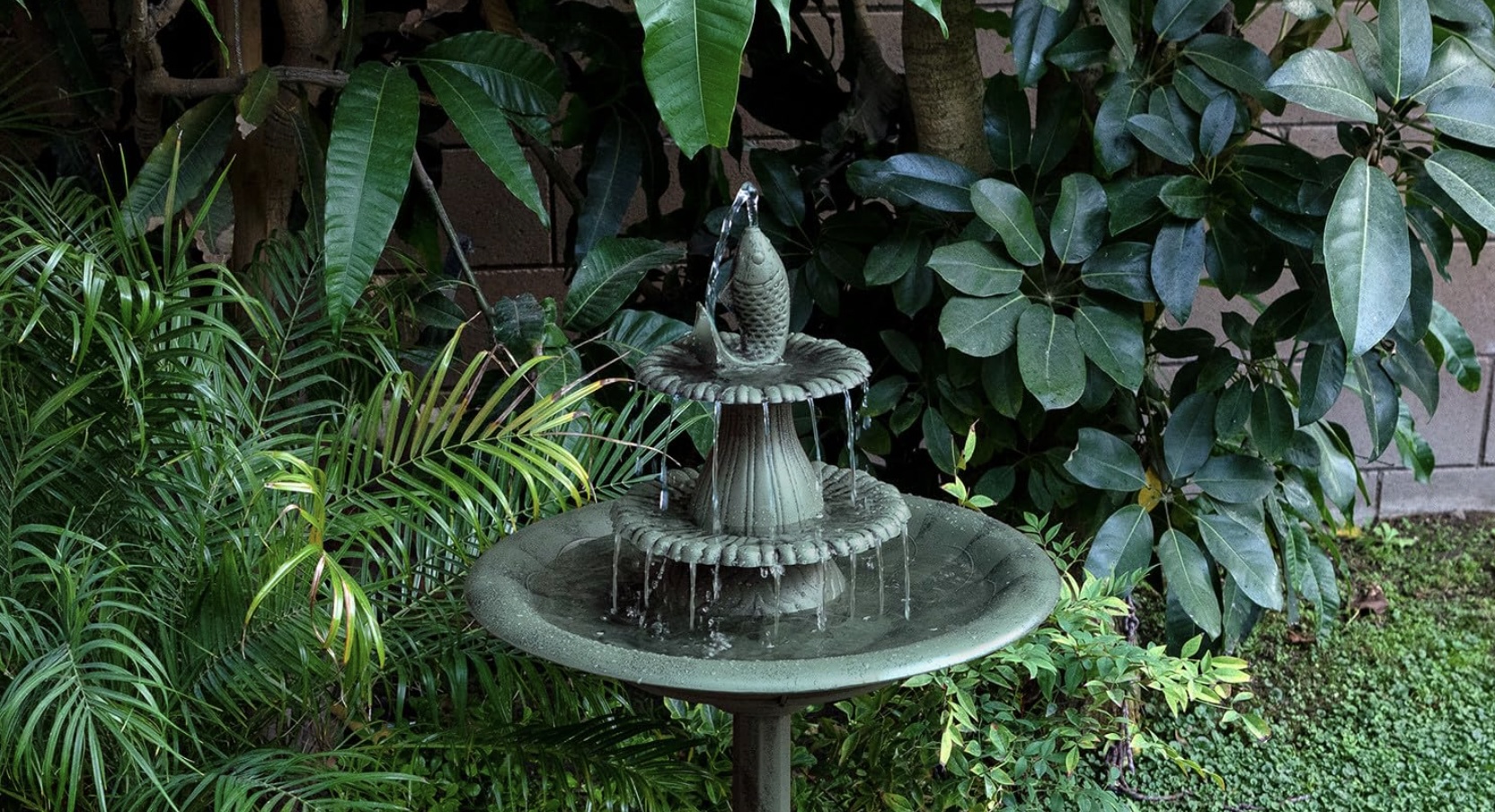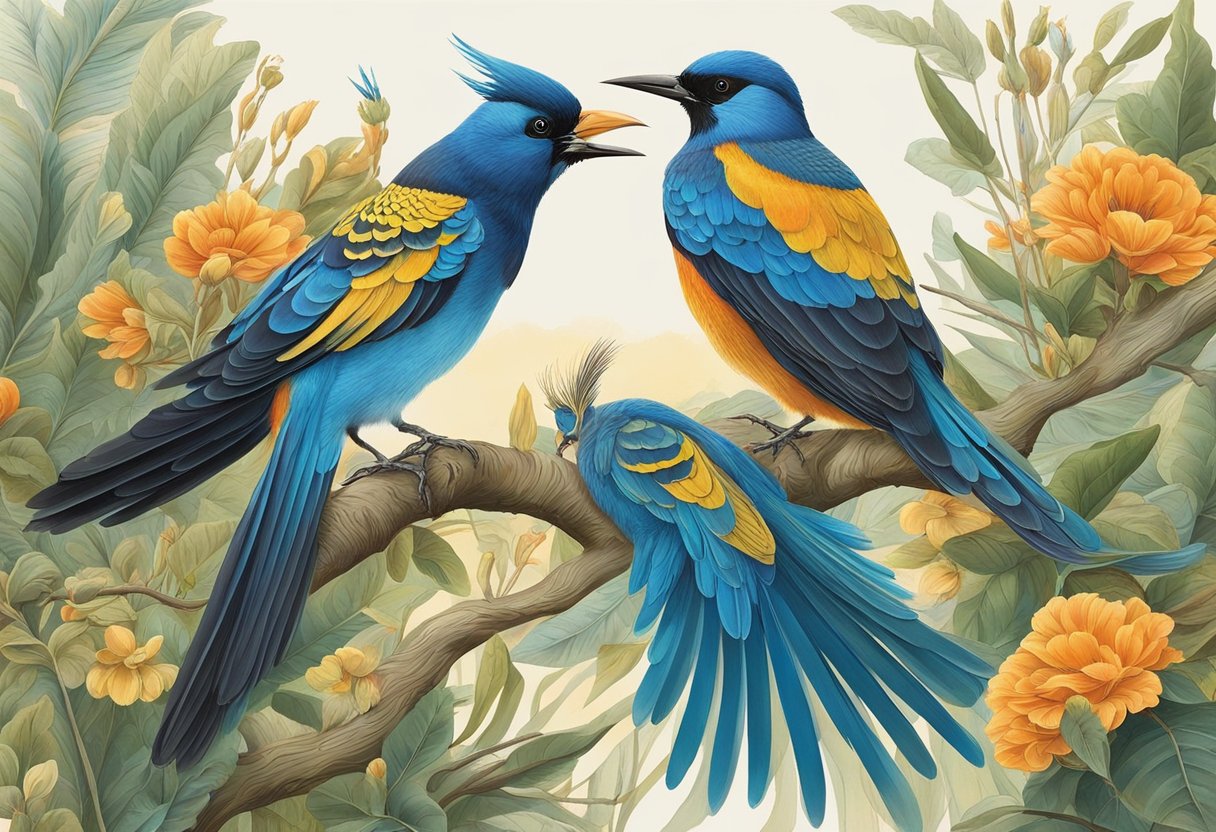Baby birds, also known as chicks, are fascinating creatures that captivate our hearts with their delicate appearances and curious behaviors. From their diverse hatching methods to their rapid growth, these avian youngsters hold a world of wonder within their tiny bodies. In this article, we’ll delve into 11 amazing facts about baby birds that showcase their unique characteristics and adaptations.
1. Diverse Hatching Techniques: Baby birds hatch from eggs, but not all eggs are created equal. Some birds, like chickens, hatch from eggs laid by their mothers and incubated by the heat of their bodies. Others, such as ducks and geese, are precocial and hatch with their eyes open, covered in downy feathers, and are relatively independent from the start.
2. Naked and Blind? Not Always: While some baby birds are born naked and blind, many are quite the opposite. Precocial chicks, like those of ducks and quails, are covered in downy feathers and can see from the moment they hatch. This adaptation helps them follow their parents and find food.
3. Rapid Growth Spurts: The growth rate of baby birds is nothing short of astonishing. Some species, like certain songbirds, can double their body weight within 24 hours of hatching. This rapid growth demands a constant supply of nutrients from their parents.
4. Parental Care: Parental care varies widely among bird species. Some parents invest extensive time and energy in feeding and protecting their offspring, while others provide minimal care, expecting their chicks to fend for themselves shortly after hatching.
5. Feeding Frenzy: Baby birds have high metabolic rates and require a substantial amount of food to support their growth. Parent birds often make numerous trips to gather insects, worms, or fish to satisfy the voracious appetites of their hungry chicks.
6. Hiding in Plain Sight: Nestlings, or baby birds that are too young to leave the nest, often have camouflage patterns on their feathers that help them blend into their surroundings. This provides a measure of protection from predators.
7. Nest Departure: Once fledglings are ready to leave the nest, they face the daunting challenge of learning to fly. This process, known as fledging, involves strengthening wing muscles and practicing takeoffs and landings in preparation for their first flight.
8. Awkward Adolescence: Young birds often go through an “adolescent” phase after leaving the nest. During this time, their appearance might change as they molt into their adult feathers. This phase can be marked by awkward flight patterns and behaviors as they refine their flying skills.
9. Begging Behavior: If you’ve ever observed baby birds in the presence of their parents, you’ve likely noticed their persistent begging behavior. This instinctive behavior involves gaping their mouths wide open and making begging calls to elicit food from their parents.
10. Mixed-Up Identities: In some bird species, chicks are raised by individuals other than their biological parents. This behavior, known as brood parasitism, is observed in birds like cuckoos and cowbirds. These “parasitic” chicks are often larger and more aggressive than the host species’ own offspring.
11. Mortality and Survival: Survival rates for baby birds can be quite low due to predation, harsh weather, and food scarcity. Those that do survive face a steep learning curve as they navigate the challenges of finding food, avoiding predators, and establishing their territories.
In conclusion, the world of baby birds is full of wonder and complexity. From their diverse hatching techniques to their rapid growth and unique behaviors, these avian youngsters are a testament to the incredible diversity of life on our planet. Observing their journey from hatching to fledging provides us with a glimpse into the challenges and triumphs that shape their early lives.



